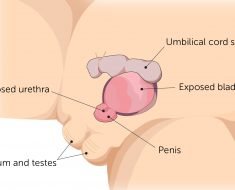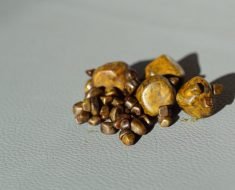On a long list of things guys have given up on trying to understand, the female orgasm is likely near the top. Just when they think they’ve finally deciphered its secrets, they find themselves at a dead end. But there’s a vibrator out there that may be the key to cracking the code.
Lioness is a vibrator that is helping women learn more about their orgasms, and in turn, can help their partners learn how to best pleasure them. According to the company’s website, Lioness collects data while in use, via three types of sensors: temperature, motion, and pressure. Then, it gives feedback on everything from the time of day women are most likely to orgasm to how things like stress levels and menstrual cycle phase affect their experience.
But that’s not all the vibrator is telling women. In observation of 3,500 anonymised, aggregate sessions with the Lioness post-launch, the company discovered different types of orgasm patterns — not to be confused with these orgasm types. According to the site, an orgasm pattern is the “rhythmic pattern of pelvic floor movements that occur during climax,” which they say is one of the most reliable ways of tracking an orgasm. The site classifies the three different types of orgasm patterns as “Ocean Wave, Volcano, and Avalanche,” each pertaining to a different type of pelvic floor muscle contraction.
“Ocean Wave,” much like the name suggests, is a wave-like pattern of contractions and releases that begin fast and slowly taper off until rest.
“Volcano,” on the other hand, is just one big pelvic floor contraction.
The third pattern, “Avalanche,” is like the “Ocean Wave” in the sense that it’s a series of contractions and releases, but differs in that it starts from a much higher point and drops in intensity with each contraction until coming to rest.
These are the three patterns the company has identified so far, but it believes that there are more patterns yet to be discovered. For now, Lioness acknowledges that knowing an orgasm pattern isn’t exactly useful other than being a “fun fact,” but it’s currently conducting research to see how to better apply this knowledge.
This article originally appeared on Men’s Health
Source: Read Full Article





